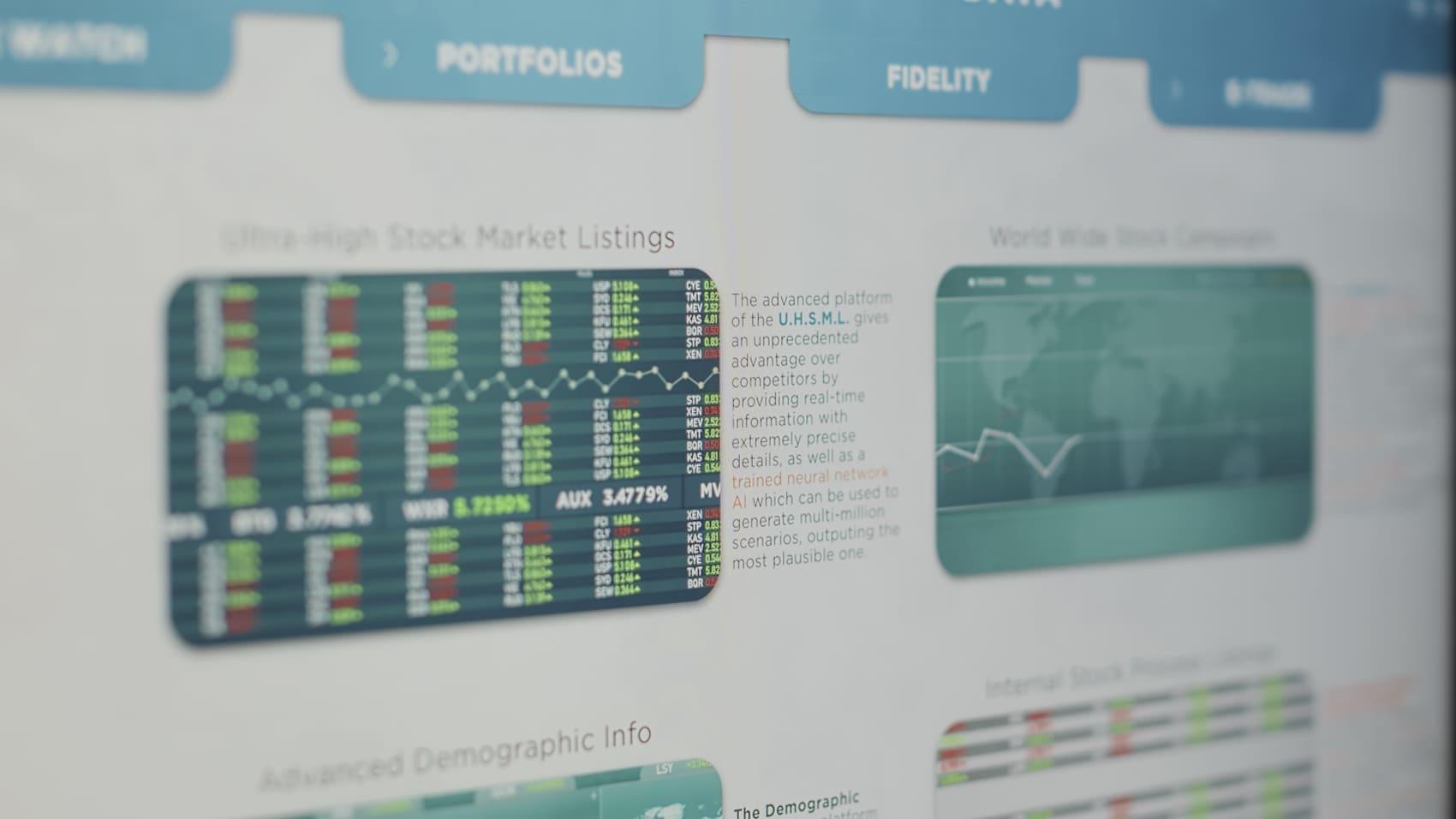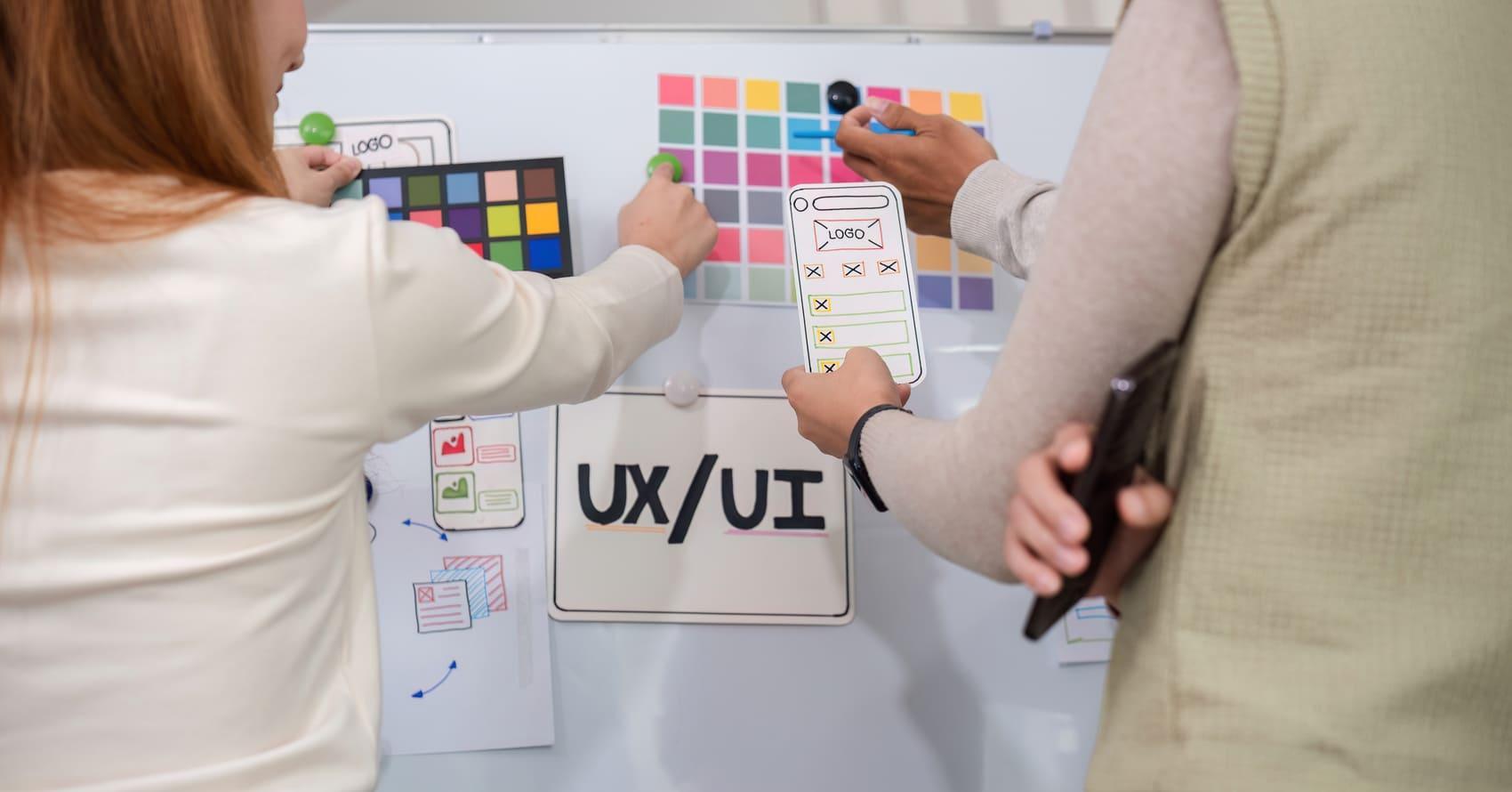
Mastering Digital Interface Design: Strategies for User-Centric Experiences
Key Approaches to Digital Experience Design
-
User-Centered Design (UCD): This iterative approach focuses on understanding user needs and behaviors through research, testing, and feedback. It ensures that digital solutions are intuitive, efficient, and enjoyable, leading to higher satisfaction and engagement across various industries.
-
Agile UX Development: Integrating user experience principles within agile software development cycles. This method emphasizes rapid prototyping, continuous iteration, and frequent collaboration between design and development, allowing quick adaptation to evolving user requirements.
-
Design Thinking Framework: A human-centered methodology for creative problem-solving. It involves empathizing with users, defining their problems, ideating solutions, prototyping, and testing. This holistic approach fosters innovation and addresses complex challenges effectively.
Criteria for Evaluating Design Methodologies
-
Scalability & Adaptability: How well does the approach accommodate growth, new features, and changes in technology or user needs? Long-term flexibility is paramount.
-
Resource Intensity: What are the requirements in terms of time, budget, and specialized personnel? Understanding the investment is key for project planning.
-
User Engagement Impact: How effectively does the approach improve user satisfaction, retention, and overall interaction quality with the digital product?
-
Innovation Potential: Does the method foster creativity and novel solutions, or mainly optimize existing designs? This impacts market differentiation.
Comparative Analysis of Design Approaches
UCD's Strengths: User-Centered Design excels in user engagement impact, deeply embedding user needs into design. Rigorous research and testing ensure intuitive products addressing specific pain points. Yet, its iterative nature can be resource intensive, demanding significant time for research and feedback, potentially extending project timelines.
Agile UX's Efficiency: Agile UX Development shines in scalability and adaptability, allowing teams to quickly pivot based on user feedback and market shifts. Continuous delivery means frequent improvements, maintaining relevance. Resource intensity is balanced. However, rapid pace might limit initial user research depth, impacting innovation potential.
Design Thinking's Holistic View: Design Thinking offers exceptional innovation potential by encouraging broad exploration of problems and solutions, leading to novel digital experiences. Its empathetic core ensures strong user engagement impact. While highly adaptable, it can be resource intensive in initial discovery, requiring significant creative input and collaboration.
Comparing Adaptability: For scalability and adaptability, Agile UX offers the quickest response to evolving requirements via iterative sprints. UCD, while adaptable, requires structured re-evaluation for major shifts. Design Thinking provides a robust framework for adapting to complex challenges, ensuring long-term strategic fit.
Resource Allocation: Resource intensity varies. Agile UX optimizes resource use through continuous delivery. UCD demands more upfront and continuous investment in user research and testing. Design Thinking, especially early, can be quite resource-intensive due to broad exploration and prototyping. Careful planning is essential for QirnoVenar.
Driving Innovation: For innovation potential, Design Thinking fosters novel solutions to deeply understood problems. UCD can innovate by refining existing concepts based on user feedback. Agile UX, while excellent for incremental improvements, may require deliberate effort to push boundaries beyond optimizing current features.
Recommendations for Method Selection
For projects needing deep user understanding and a highly polished, intuitive final product, where timelines allow thorough research, User-Centered Design is optimal. It ensures design decisions are validated by user feedback, leading to superior satisfaction. QirnoVenar prioritizes this user-centricity.
When rapid deployment, continuous improvement, and flexibility to adapt to changing market conditions are critical, Agile UX Development provides significant advantages. Its iterative nature allows QirnoVenar to quickly respond to feedback, delivering value incrementally.
If the goal is to address a complex, ill-defined problem, foster breakthrough innovation, or create an entirely new digital experience, the Design Thinking Framework is powerful. Its emphasis on empathy, ideation, and prototyping encourages creative solutions.
The best approach often combines elements. For instance, initiating with Design Thinking to define the core problem, then transitioning to Agile UX for development, while applying UCD principles. This hybrid strategy leverages strengths for innovation and usability.
Related Posts
Leave a Reply
Your message will be published after review by moderators.


